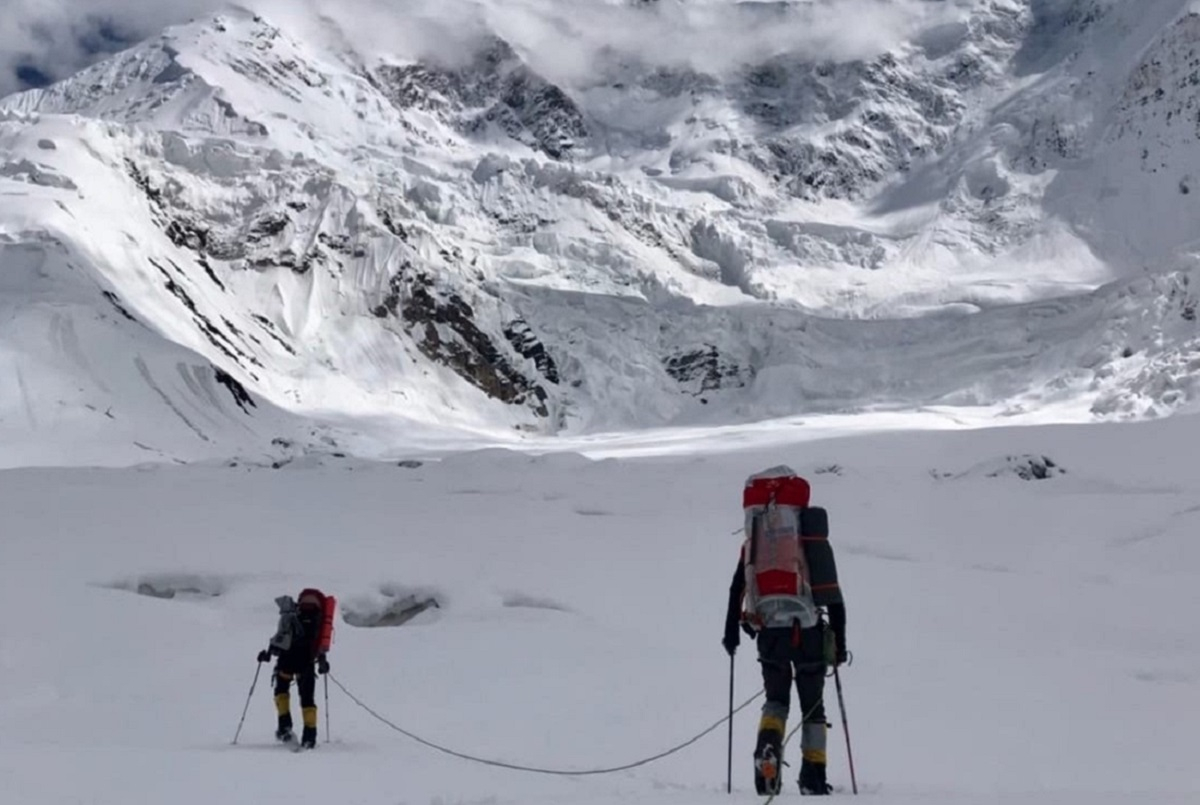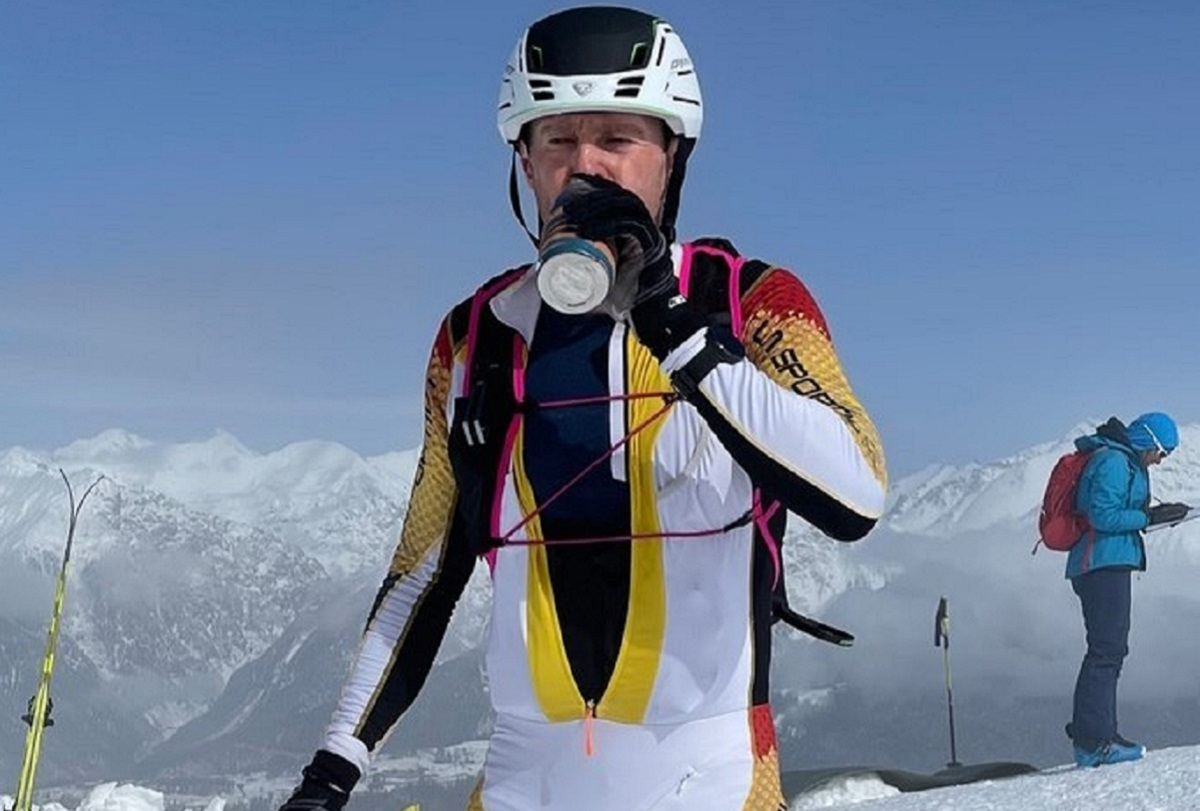St Petersburg University graduate becomes a seven-time ‘Snow Leopard’
Nikolai Totmyanin is a member of the Bars (Leopard) climbing club of St Petersburg University, Honoured Master of Sports of Russia and a recipient of the prestigious international award ‘The Piolet d'Or’ (Golden Ice Axe). He has reached the standard for receiving the honorary title of ‘Snow Leopard’ for the seventh time.
The title ‘Snow Leopard’, or ‘Conqueror of the Highest Mountains of the USSR’, is awarded to climbers who have climbed the five highest peaks of 7,000 metres and above located on the territory of the former USSR: Jengish Chokusu (formerly Peak Pobeda), 7,439 metres (24,406 ft); Khan Tengri Peak, 7,010 metres (23,000 ft); Ismoil Somoni Peak (formerly Communism Peak), 7,495 metres (24,590 ft); Lenin Peak (since 2006, Ibn Sina Peak from the Tajik side), 7,134 metres (23,406 ft); and Peak Korzhenevskaya , 7,105 metres (23,310 ft).
Nikolai Totmyanin also won the Piolet d'Or (the Golden Ice Axe) for the top mountaineering ascent in the world in 2004. He was a member of the Russian expedition that first climbed the North Face of 25,295-foot Jannu (7,710 metres) in the Himalayas. Their ascent was called ‘the toughest big-wall climb in history at such an altitude’.
The mountaineering club was established at Leningrad State University in the autumn of 1934. A year later, the first ascent of the University students and teachers took place:
on 2 September 1935, a group of 19 people, which included 16 students and three teachers, reached the summit of Elbrus, the highest peak in Europe.
This year, the collection of successes of the University climbers has been enriched with one more achievement: Valery Smutin, a graduate of the University and a member of the Bars (Leopard) climbing club of St Petersburg University, has become a master of sports of Russia in mountaineering (ski mountaineering). Ski mountaineering is included in the programme of the 2022 Winter Olympic Games. This discipline involves passing the route in the mountains: either using skis with ski skins (special strips attached to the bottom of skis to help while ascending slopes); or on foot carrying skis and then descending on skis performed on natural, un-groomed terrain (freeriding).



